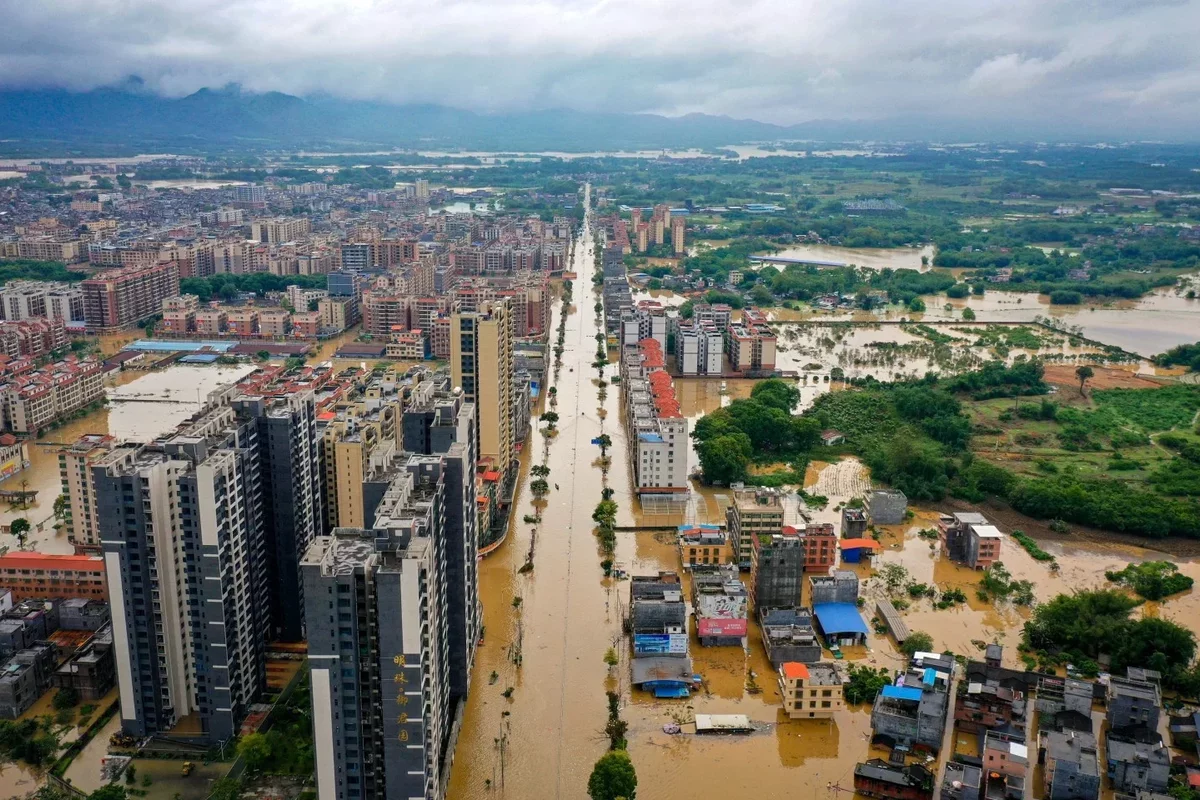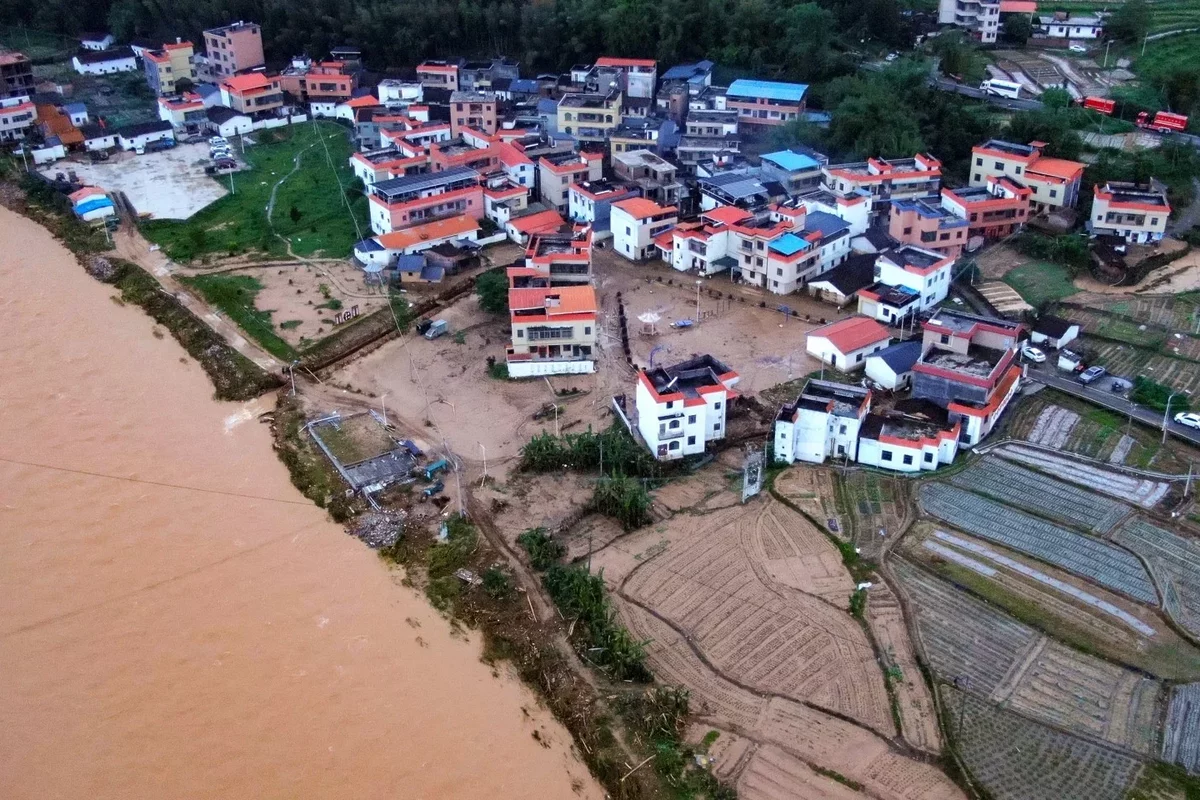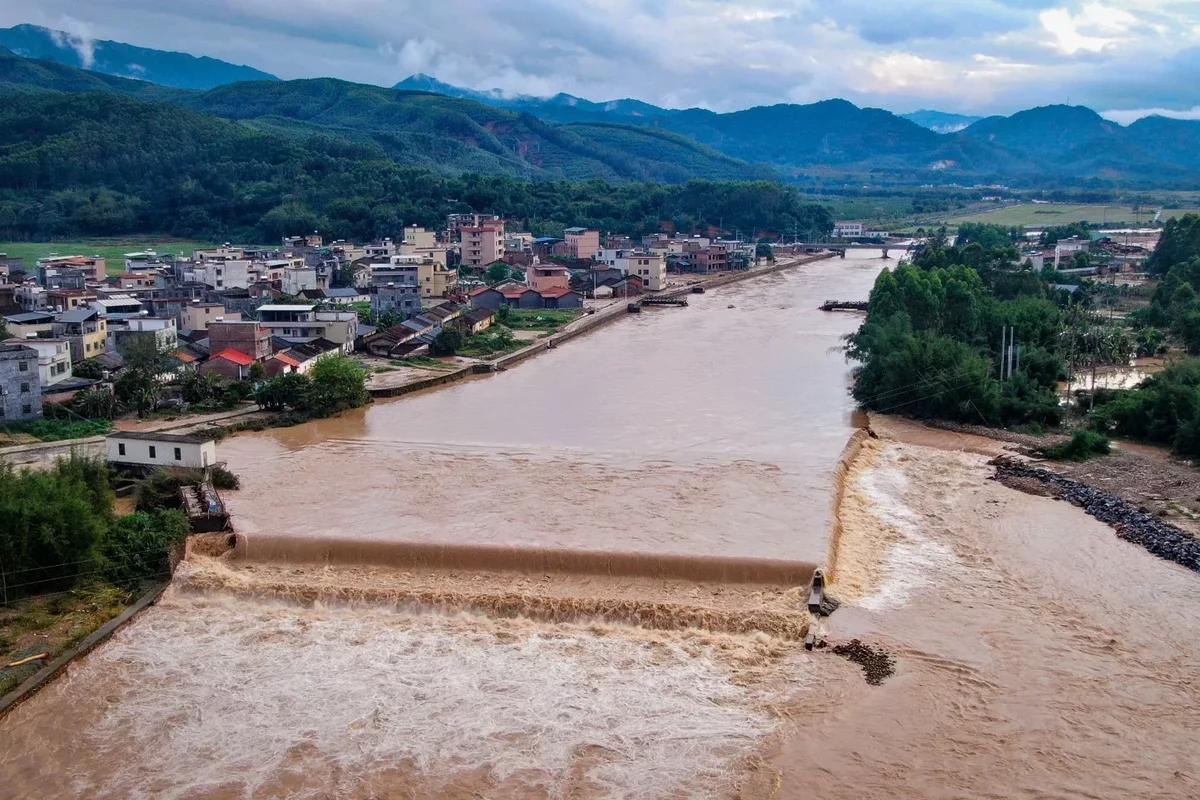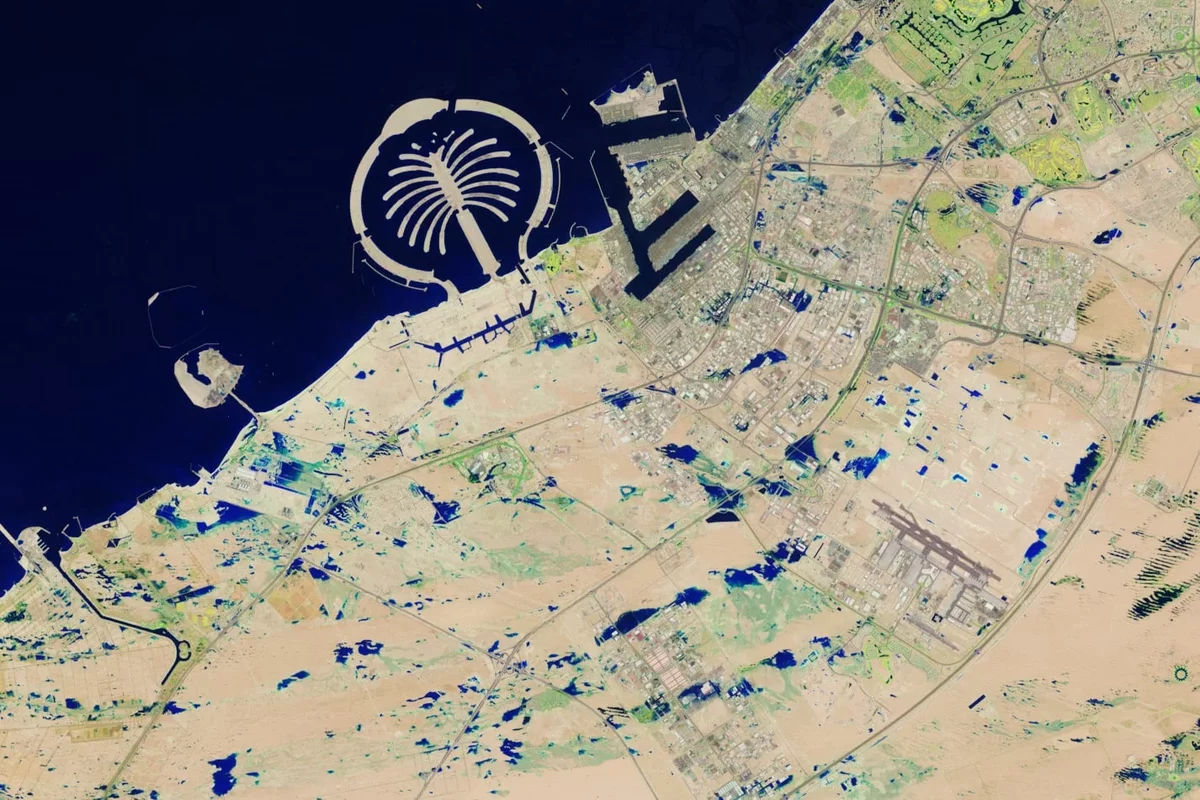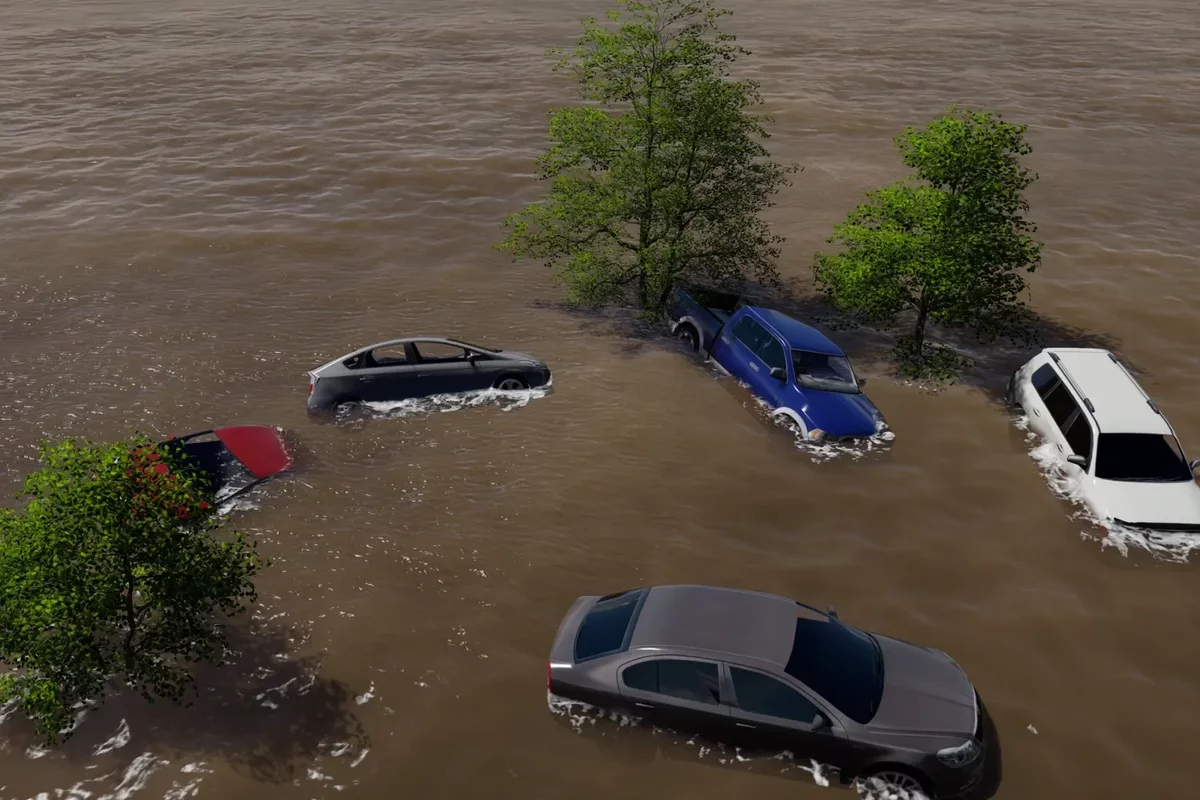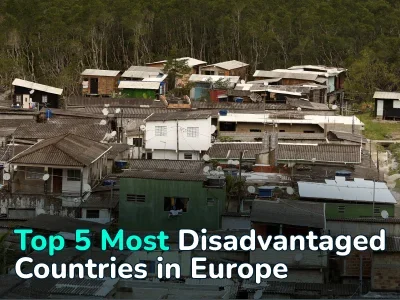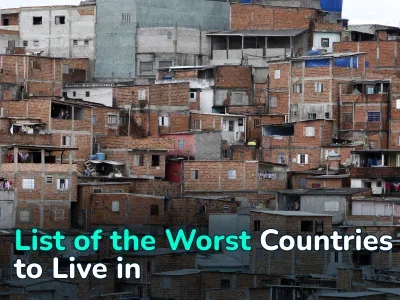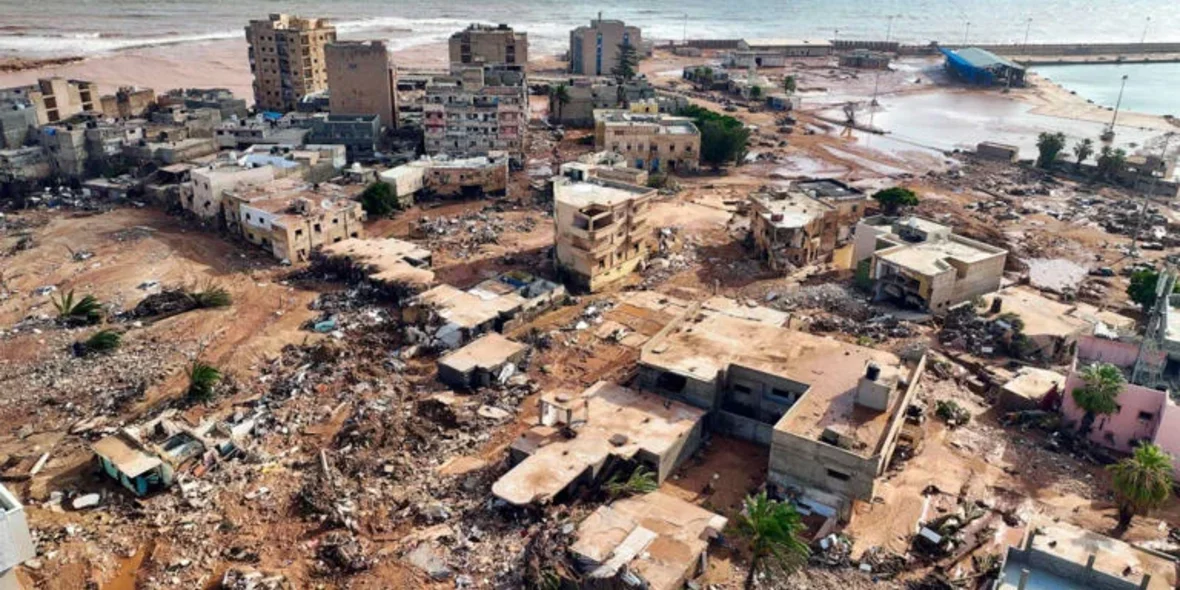
Why and Where Do Floods Occur Most Frequently?
The year has been marked by massive floods across all continents. Climate shifts and extreme weather events have led to hundreds of deaths, the evacuation of hundreds of thousands, infrastructure destruction, and growing humanitarian challenges. Experts note an increase not only in the number of victims but also in economic losses from floods, as well as a dangerous expansion of risk zones — in 2025, floods affected even regions in Europe and Australia typically unaccustomed to such disasters.
Flood Situation Worldwide in 2025
East Africa and Sudan
In spring, prolonged rains triggered catastrophic floods in Kenya, Tanzania, Burundi, and Sudan. In East Africa, hundreds of people died, over 700,000 were forced to flee their homes, and tens of thousands of farms and infrastructure were destroyed. In Sudan, more than 190,000 people were directly affected by flooding, with much of the country facing a humanitarian crisis marked by food shortages and rising epidemics.
South Asia — India, Pakistan, Nepal
Nine major floods struck the region during the monsoon season:
- In Nepal, near the border with China, a sudden glacial lake outburst destroyed a bridge over the Bhote Koshi River, killing at least 7 people, with 19–28 reported missing, depending on sources.
- In Pakistan, as of September 2025, 998 people died, and over 1 million were affected.
- India recorded over 200 deaths due to seasonal rains and landslides, with hundreds of thousands evacuated.
Australia — Queensland
From January to April, northeastern Australia experienced rains exceeding historical records. In western Queensland, floods surpassed the scale and damage of the 1974 events: over 13 million hectares were inundated, thousands of residents were evacuated, and losses included livestock and billions in damages.
South and Central America — Brazil
In June—July, record-breaking rains hit the state of Rio Grande do Sul: 4 people died, over 7,000 were evacuated, and hundreds of homes and infrastructure were destroyed. This was the third wave of devastating floods in two years, following events in spring 2024 that claimed over 180 lives and left 580,000 people homeless.
USA — Texas and Central Appalachians
In July, sudden downpours caused flash floods within hours; between 107 and 135 people died (estimates vary by source), with economic damages estimated at $18–22 billion. Large areas were flooded, and critical infrastructure was destroyed.
Europe and Central Asia
In August—September, Europe experienced one of the most severe waves of rain and flooding in a decade. Northeastern Adriatic regions, the Alps, and the Balkans were hit by prolonged downpours from a series of cyclones. Over two million people were affected, with infrastructure damage reported from Spain and France to Poland, Czechia, Romania, and Russia. In September, Central Europe faced severe floods impacting over 250,000 people, causing deaths and prompting states of emergency in Germany, Poland, Czechia, and Romania.
South Sudan
By late September, South Sudan alone recorded 590,000 affected individuals and over 170,000 displaced due to widespread flooding. Tens of thousands of hectares of crops and critical humanitarian infrastructure remain at risk.
Major Floods in Recent Years
China (Guangdong, 2024)
Record floods in Guangdong province, southern China, starting in April 2024, killed at least four people, with over 110,000 residents evacuated. The Bei River, a tributary of the Pearl River, exceeded historical maximums, and April rainfall set new records in several areas. In Shaoguan and Qingyuan, ten people remain missing, with rescuers using helicopters and boats for evacuation and aid delivery. Water levels reached the first floors of buildings in three cities, and many areas were cut off due to disrupted mobile communications. The floods caused significant infrastructure damage, disrupted transportation, and led to evacuations and material losses for residents and businesses. By June 2024, the death toll in the region reached 47.
Photo: Xinhua, Getty Images
UAE and Oman (April 2024)
In April 2024, the UAE faced the heaviest rainfall in 75 years. Floods caused severe consequences: roads were submerged, airports and city services were critically disrupted, and five people died. Over 6,000 volunteers assisted in recovery efforts. In neighboring Oman, 18–20 deaths were confirmed, with at least 19 caused by a series of flash floods across various regions.
Russia and Kazakhstan (April 2024)
In April 2024, massive floods swept through the Urals and Siberia. The dam breach in Orsk, Russia, on April 5 marked the largest flood in recorded history, leading to states of emergency in dozens of regions. In Kazakhstan, it was the worst flood in 80 years: over 96,000 people were evacuated, and hundreds of settlements were inundated.
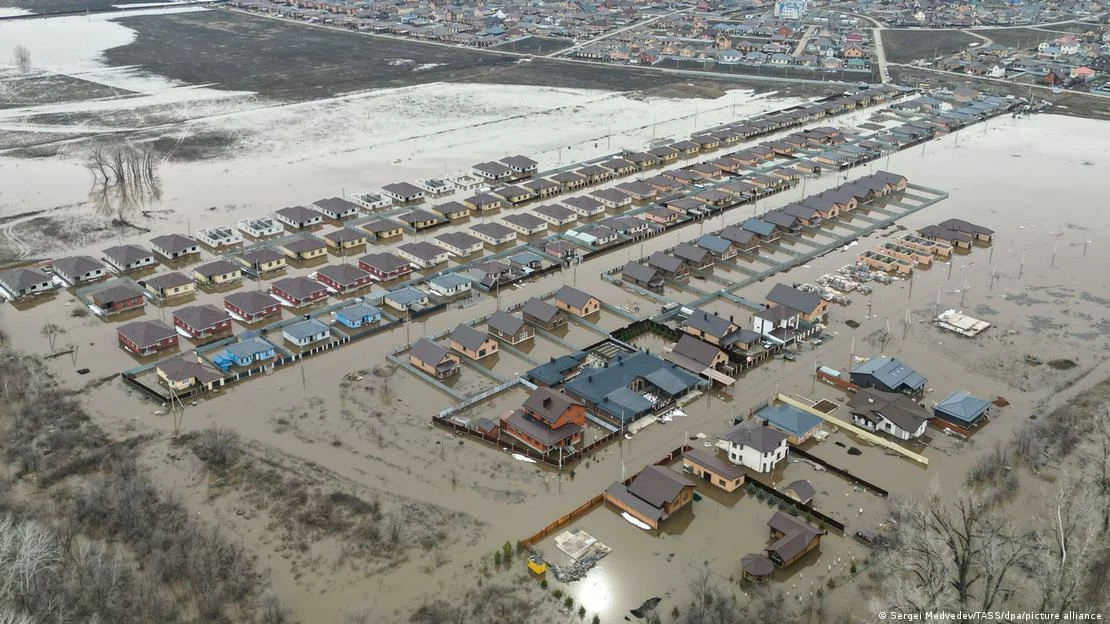
Photo: Sergei Medvedev/TASS/dpa/picture alliance
Libya (September 2023)
The disaster in Libya was caused by Storm Daniel on September 9–10, 2023. Two dams collapsed, and floodwaters nearly wiped out the city of Derna and other settlements. At least 5,923 people died (official count), with around 8,500 reported missing. The UN estimates over 1.8 million people were affected, with significant residential areas and hospitals flooded.
Which Countries Are Most Prone to Flooding?
It’s challenging to definitively rank countries most prone to flooding, as floods vary in type (riverine, coastal, flash floods) and frequency. However, certain countries are particularly vulnerable due to their geographic and climatic characteristics. These include:
- Bangladesh: often considered one of the most flood-prone countries globally, this South Asian nation experiences frequent and severe flooding due to its unique geography and monsoon climate. Numerous rivers, including the Ganges and Brahmaputra, carry water from the Himalayas. During the monsoon season, heavy rainfall combined with snowmelt causes these rivers to overflow.
- India: certain regions, especially the Ganges and Brahmaputra basins and the eastern and western coasts, are prone to flooding during monsoons and cyclonic activity.
- Vietnam: vulnerable to frequent riverine and coastal flooding, particularly in the Mekong Delta, due to heavy rainfall, typhoons, and rising sea levels.
- Indonesia: its geography makes it susceptible to both riverine and coastal flooding, with the capital, Jakarta, being particularly affected.
- China: prone to riverine and flash floods caused by heavy rains and snowmelt, especially near the Yangtze and Yellow Rivers and in southern provinces.
- Pakistan: susceptible to riverine flooding, particularly near the Indus River, due to heavy monsoon rains and snowmelt.
- Philippines: faces coastal flooding from typhoons and flash floods from heavy rains during the wet season.
- Nepal: at risk of riverine flooding due to its mountainous terrain and heavy monsoon rains.
- USA: experiences significant riverine flooding, particularly along the Mississippi and Missouri Rivers, caused by heavy rains, snowmelt, and dam failures.
Notably, Libya is not typically considered high-risk for flooding due to its arid desert climate and low average annual rainfall. Much of Libya is covered by the Sahara Desert, one of the driest and hottest regions in the world, resulting in arid and semi-arid conditions with infrequent and minimal precipitation. However, even in such arid regions, flash floods can occur occasionally.
The Most Catastrophic Flood in World History
One of the most catastrophic floods in history is the 1931 China Floods, which affected vast areas of China, particularly the Yangtze and Huai River basins.
Causes:
- Heavy rainfall: prolonged and intense monsoon rains triggered the flooding.
- Snowmelt: melting snow in the mountains, particularly on the Tibetan Plateau, increased river volumes.
- River overflow: the Yangtze, China’s longest river, and its tributaries, including the Yellow River, burst their banks.
Consequences:
- Estimates of deaths vary widely, but it’s believed that between 1 and 4 million people perished. The wide range is due to difficulties in accurately documenting casualties during and after the disaster.
- Millions were displaced, with entire villages and cities submerged. The floods caused immense suffering, including famine and disease among survivors.
- Vast agricultural lands were flooded, leading to crop failures and food shortages.
- Homes, infrastructure, and transportation networks were severely damaged or destroyed.
Why Do Floods Occur?
Floods can occur for various reasons, including:
- Heavy rainfall: the most common cause, where excessive or prolonged rain overwhelms the ground’s absorption capacity or river systems, causing water to spill over.
- Snowmelt: in regions with cold winters, rapid snowmelt in spring can overflow rivers, especially during sudden warming.
- Storm surges: coastal areas are prone to flooding from storm surges during hurricanes, typhoons, or tropical storms, pushing large volumes of water inland.
- Flash floods: often result from intense rainfall over a short period, particularly in areas with steep terrain, poor urban drainage, or landscapes stripped of vegetation by wildfires.
- Ice jams: in cold climates, ice can accumulate in rivers, forming jams that block water flow, causing overflows when the jams break.
- Human activity: deforestation, urbanization, and alterations to natural drainage systems increase flood risks by reducing the land’s ability to absorb and divert excess water.
- Dam or levee failure: floods can occur when artificial structures like dams or levees fail due to poor maintenance or overwhelming water volumes, causing catastrophic downstream flooding.
- Climate change: alters weather patterns, increasing the frequency and intensity of extreme events like heavy rains and hurricanes, exacerbating flood risks.
What to Do If You’re in a Flood Zone?
If you find yourself in a flood zone, here are the key steps to take:
- If local authorities issue an evacuation order, follow it immediately.
- If you cannot evacuate and are trapped in a building, move to the highest level or floor, taking essential items and documents.
- Do not walk, swim, or drive through floodwaters. Just six inches of moving water can knock you down, and one foot can sweep away a car.
- Avoid floodwaters, as they may be contaminated with sewage, chemicals, or debris.
- Stay updated on weather reports from local authorities, meteorological services, or news agencies. Pay attention to flood alerts and warnings.
- If trapped in a vehicle in fast-moving water, stay inside. If water rises inside the vehicle, move to the roof.
- Do not return to a flood-affected area until authorities declare it safe, as flooding can persist even after the rain stops.
Cover Photo Author: Jamal Alkomaty/AP
Author
I am responsible for editorial work. I write expert interviews and guides.








